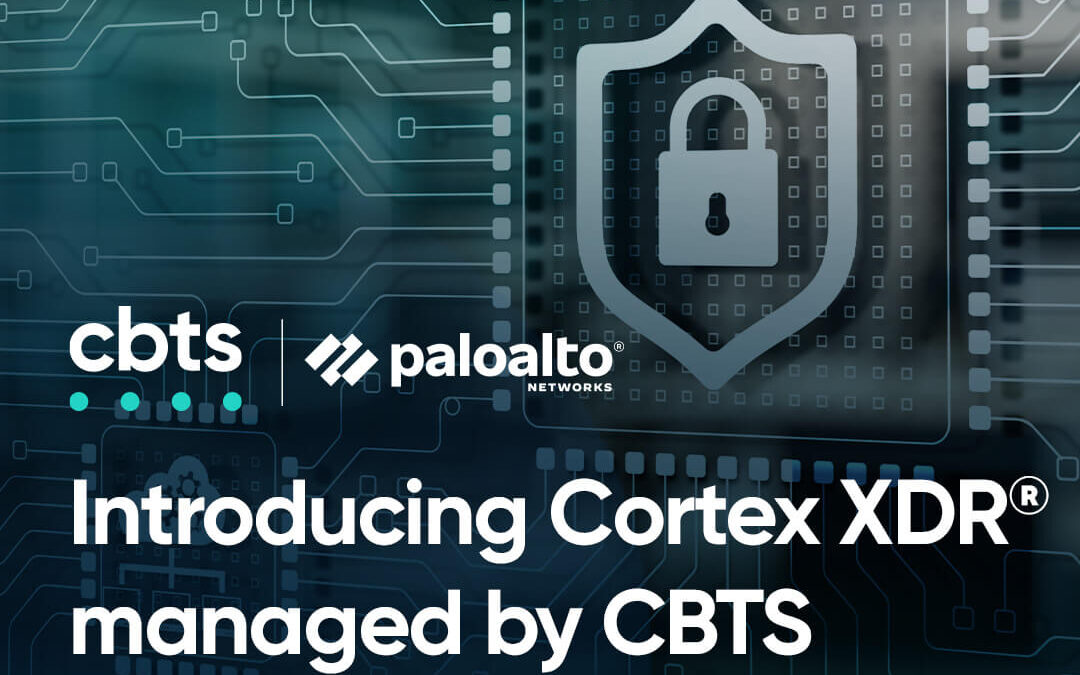
Today’s educational industry, both in the public and private sector, face a number of unique challenges when it comes to provisioning and securing data infrastructure.
Educational institutions are continuously confronted with the same explosion of data and mounting demands for faster, more intuitive service offerings as other sectors of the economy. They are also operating with even tighter budgets and less in-house technical expertise. At the same time, regulatory burdens continue to highlight the conflict of maintaining privacy while fostering an open, equally distributed learning experience.
For most organizations, three critical data security issues arise when provisioning and securing data infrastructure:
1. Data value and use
Most modern educational programs rely on data to identify and promote effective teaching and learning strategies. But these programs are highly dependent upon secure infrastructure, both on the physical and virtual levels, to guard against breaches or misuse of data by legitimate users. At the same time, both educators and administrators require better training to ensure the integrity of systems and data, both of which are evolving at a rapid pace.
2. Data governance
Governance policies should encompass both privacy and transparency along the entire data lifecycle, from creation to collection, use, sharing, and archiving. This is the only viable way to build trust among students, parents, faculty, and other stakeholders that data is both accurate and protected, all while ensuring that it is being used to improve the educational experience.
3. Security and privacy
The enormous amount of data being generated these days is only part of the challenge. Equally important are the myriad systems that data traverses throughout the lifecycle. These can range from student information systems, enterprise resource solutions, learning management platforms, library systems, and a wide range of vendor-managed tools. These tools and systems must all be hardened against intrusion and monitored for misuse.
Securing data infrastructure the right way
Educational policymakers play a key role in resolving the educational industry’s challenge with provisioning and securing their data infrastructures. For one thing, they need to recognize the numerous support functions and systems that foster the twin goals of making data systems usable and secure. They also need to recognize that adequate funding is necessary, not just for the various systems and tools but for proper IT staffing and training for the entire knowledge workforce.
To accomplish these goals in an effective manner, it helps to concentrate on the following key elements:
- A comprehensive implementation plan for effective data use and new systems. A project coordinator should be appointed to oversee execution of the plan throughout institutions and districts.
- A regular maintenance and upgrade program. To confront the continuously evolving security environment.
- A streamlined process for staff turnover. Role and permission setups, access to appropriate data systems, training on effective use, troubleshooting, and general technical support for data systems should be included.
- Mechanisms to address constant changes in technology and regulatory compliance. Particular attention should be paid to the frequent upskilling of IT staff.
Cloud solutions offer multiple benefits
It should be noted that many of these issues can be addressed quickly and at less cost by converting legacy infrastructure to modern cloud resources and services. In the cloud, maintenance and upgrades are done by the provider, while security is often better than in most legacy deployments. At the same time, workloads can scale dynamically in the cloud, so you only pay for what you need. And with adequate mirroring and replication, backup data is better preserved even if primary systems are lost completely, as in a natural disaster.
Education is one of the most important social functions within a modern society, but it is also one of the most expensive and complicated. The cloud can ease much of this burden, allowing schools to concentrate more fully on what they do best: teaching.
Learn how CBTS partnered with a private university to create a comprehensive plan for upgrading wireless and wired network access in residence halls, setting the stage for campus-wide WiFi connectivity.
Learn more: CBTS partnership with the Dayton Public School District
Discover more about how CBTS delivers state-of-the-art technology for today’s schools and universities to keep up with the ever-increasing demands of students, parents, faculty members, administrators, and community stakeholders.




















